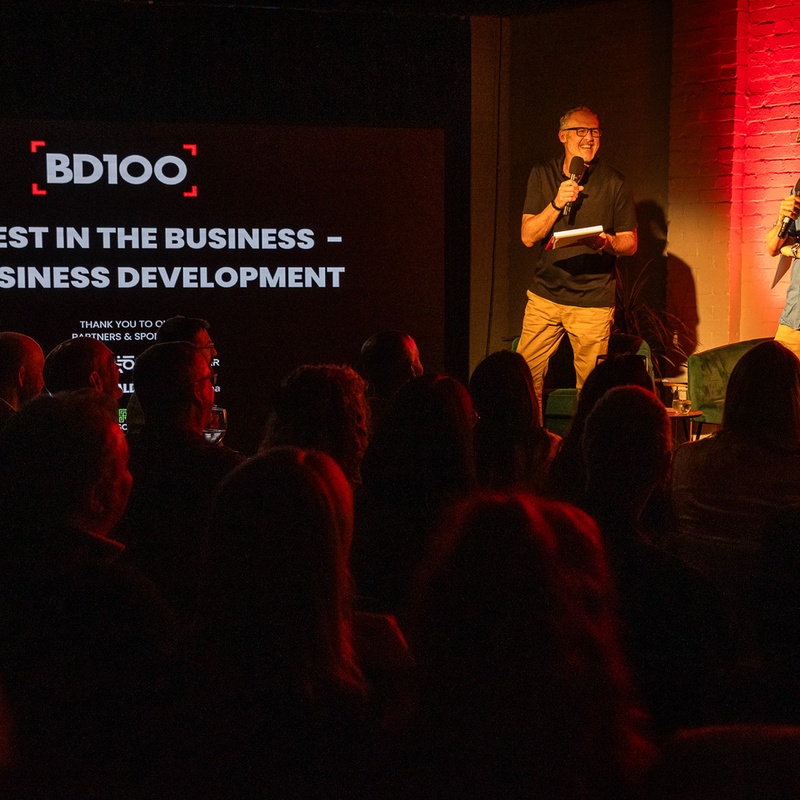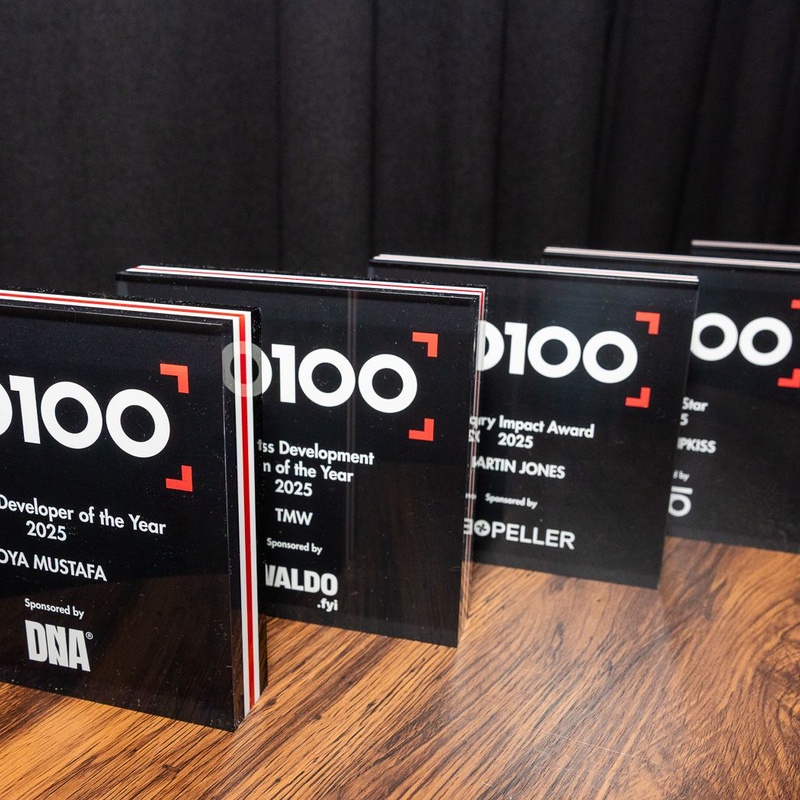Flex Appeal: How Flexible and Hybrid Working Has Become Non-Negotiable for Talent in 2025

The workplace revolution that began as a pandemic necessity has evolved into a permanent transformation of how we work. DNA Recruit's 2025 Salary Guide reveals that flexible and hybrid working arrangements have rapidly shifted from being considered workplace perks to essential expectations that directly impact talent attraction and retention. Let's explore the key insights from this comprehensive analysis.
The Flexibility Mandate: From Nice-to-Have to Deal-Breaker
The data is compelling: a striking 66% of professionals would decline a job offer that doesn't include flexible working hours or flexitime options. This seismic shift represents a fundamental change in employee expectations, with DNA Recruit's analysis showing that "the idea of being chained to a desk from nine to five is quickly becoming outdated."
Flexibility is now defined as "any arrangement that allows employees to adjust their working hours, location, or schedule to better suit their needs." What's particularly notable is that this expectation spans generations—over half of professionals in their twenties now expect this level of autonomy, challenging the notion that flexible working is primarily demanded by parents or seasoned professionals.
The Gender Dimension: A Critical Factor for Inclusion
One of the most striking statistics from DNA's research is that one in three women would reject a job if flexible working wasn't included. This figure becomes even more significant when considering that inflexible policies disproportionately impact working mothers, creating additional barriers to balancing professional and personal responsibilities.
As DNA Recruit warns, "By clinging to rigid in-office arrangements, businesses risk alienating a key segment of the talent pool, widening gender disparities, and losing out on diverse perspectives that fuel creativity and innovation." This isn't just an issue of personal preference—it's a critical business concern that directly affects company performance through diversity.
Hybrid Working: The New Standard, Not a Benefit
The evolution of hybrid working—where employees split their time between remote and in-office work—has been particularly pronounced in the marketing and creative sectors. DNA's guide points to a remarkable perception gap: while 85% of businesses view hybrid working as standard practice, 15% still position it as a benefit or perk.
The current landscape shows a balanced approach is prevailing, with DNA's research indicating that 50% of organizations offer both hybrid and flexible options, while 25% offer exclusively flexible arrangements and another 25% provide hybrid-only models.
This shift was highlighted by the "furore around WPP's change in their hybrid working policy," which demonstrated "how the majority of employees felt about it" and reflected sentiment across creative sectors. For professionals in 2025, flexible work arrangements are "no longer a luxury; it's as fundamental as having the right tools to do the job."
Why Companies Can't Afford to Resist
The guide presents compelling evidence for why resistance to flexible and hybrid models is becoming increasingly untenable:
-
84% of marketing professionals are open to new opportunities, with rigid office policies driving talent elsewhere
-
Companies clinging to traditional office-only setups are "struggling" to attract and retain top talent
-
Beyond location, hybrid working provides the flexibility professionals need to balance personal and professional demands
Getting Flexibility Right: A Strategic Approach
DNA Recruit's guide outlines a three-pronged strategy for organizations looking to implement effective flexible and hybrid working models:
-
Set Clear Expectations: Define structured yet adaptable policies for remote, hybrid, and in-office work that provide consistency without unnecessary rigidity
-
Equip Teams for Success: Invest in technology that enables seamless collaboration, from project management tools to video conferencing platforms, and train managers to lead effectively across distributed teams
-
Prioritize Culture & Inclusion: Build a workplace culture that supports flexibility without losing connection through regular check-ins, collaboration days, and team-building efforts
The Bottom Line: A Competitive Necessity
The guide's conclusion is unambiguous: "Companies that strike the right balance between structure and autonomy will attract the best people, boost productivity, and stay ahead of the competition. Those that don't? They'll watch top talent walk straight into the arms of businesses that get it."
Want the Complete Picture?
DNA Recruit's 2025 Salary Guide offers comprehensive insights on flexible working trends, along with detailed salary benchmarks and hiring strategies. For businesses looking to gain a competitive edge in talent acquisition and retention:
Access in-depth analysis of salary trends, skill demands, and strategic approaches to navigate the evolving workplace landscape in 2025 and beyond.
SHARE







